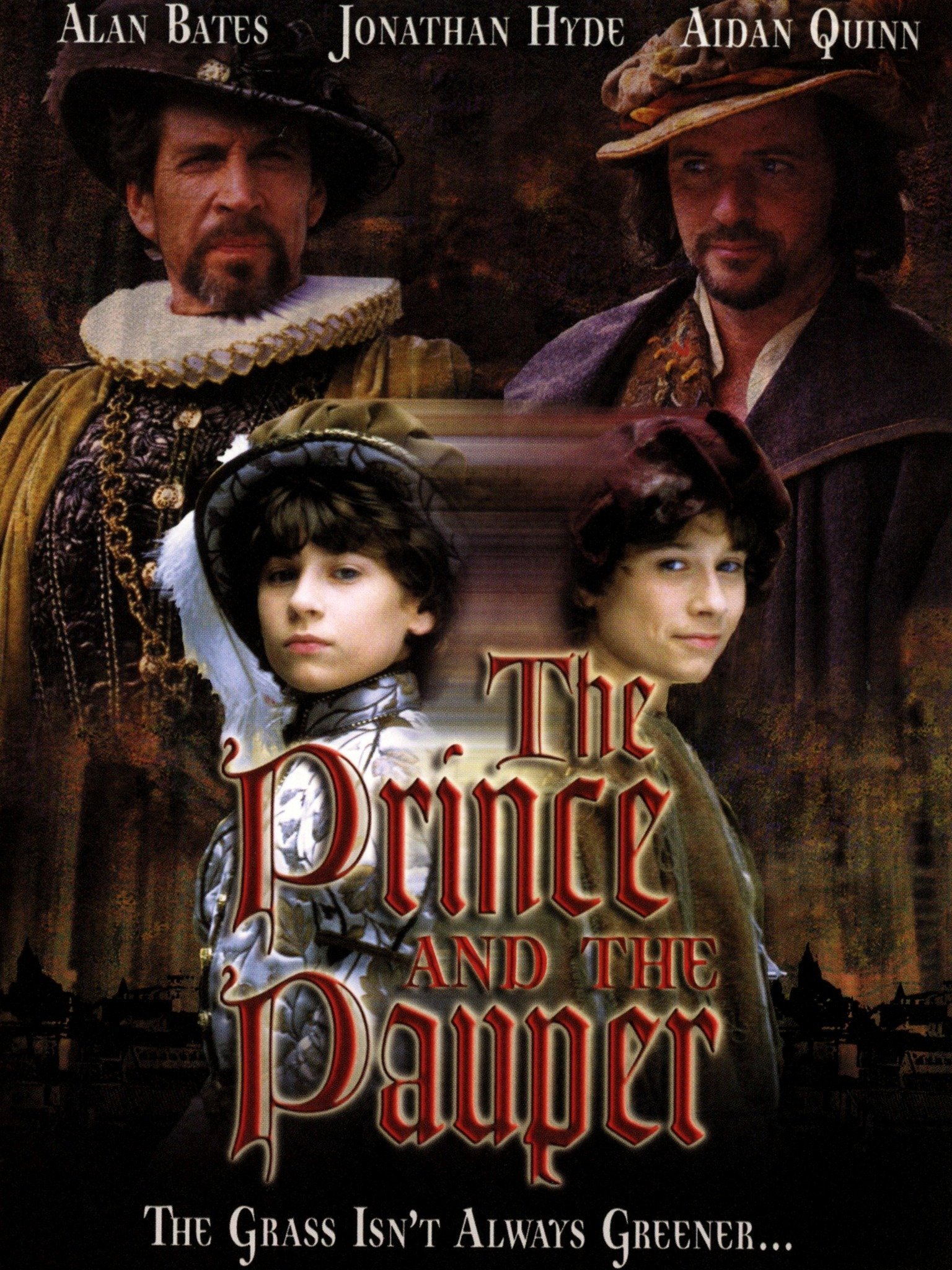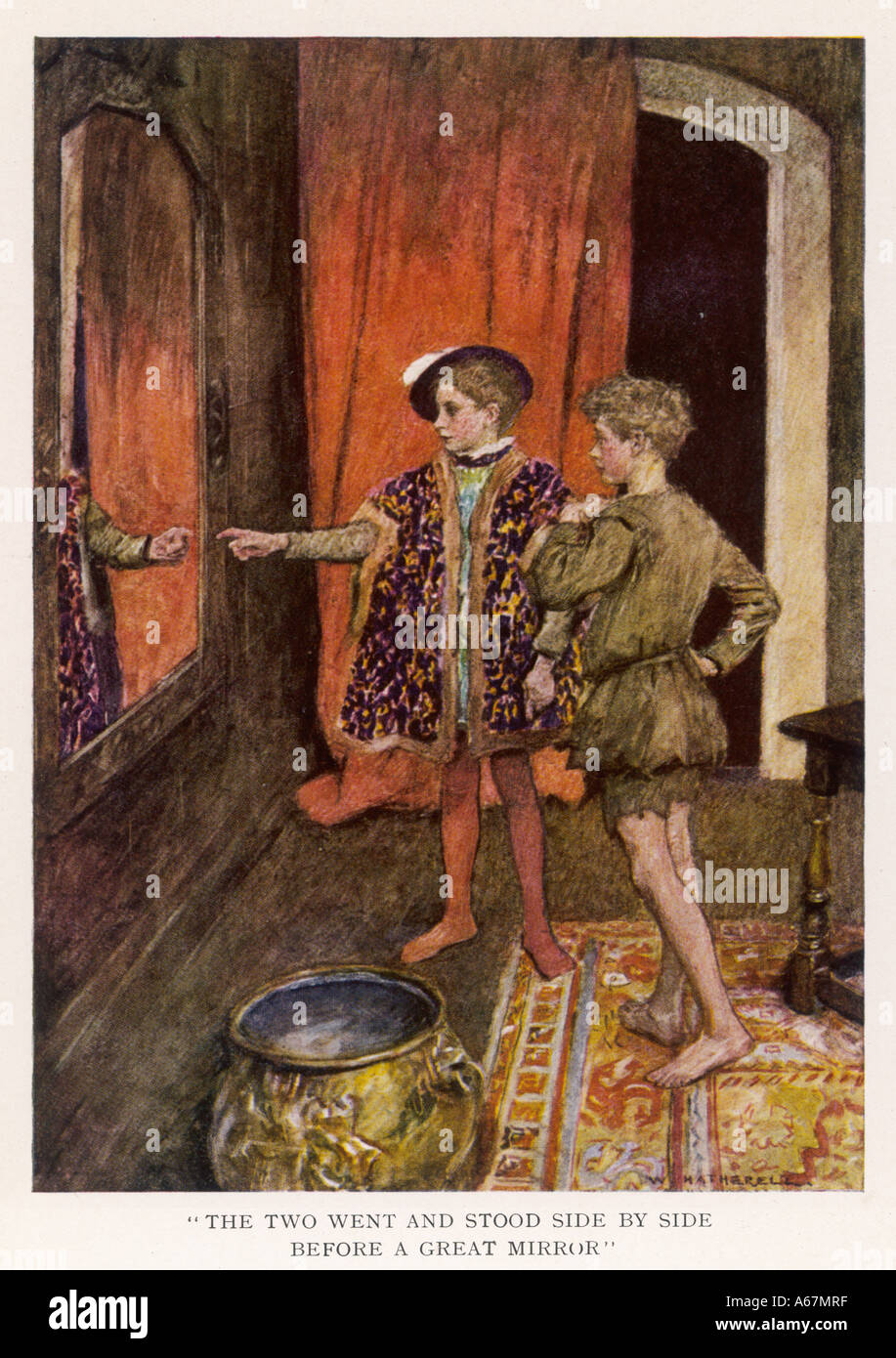
The Prince and the Pauper is Twain's most carefully plotted novel, but unlike Twain's greater novels (such as Huck Finn and Tom Sawyer), where there is a great deal of character development, in this novel the characters are scarcely developed at all instead, they are used largely as pawns to move the plot forward. Edward Tudor lies in his crib in his silks and satins: Tom Canty lies in rags. There are bonfires, feasting, dancing and parades which last throughout the day and on into the night. The Tudors, on the other hand, are rich and powerful, and all of England celebrates the birth of this long-awaited child. The Cantys are very poor and the baby is not wanted. On this particular day, two boys are born, Tom Canty and Edward Tudor. Although usually viewed as a child's story, The Prince and the Pauper offers adults critical insight into a people and time period not really all that different from our own.The scene is London the time is an autumn day, sometime between 15. With his caustic wit and biting irony, Twain satirizes the power of the monarchy, unjust laws and barbaric punishments, superstitions, and religious intolerance.


Originally published in 1881, The Prince and the Pauper is one of Mark Twain's earliest social satires.

As a result of the swap, both boys learn that social class, like so much of life, is determined by chance and random circumstance. Meanwhile, the peasant, who is now the prince, dreads exposure and possible execution-while members of the Court believe he has gone mad. After the young Prince Edward VI of England and a peasant boy switch places, the "little king" tries to escape from a world in which he must beg for food, sleep with rodents, face ridicule, and avoid assassination. Originally published in 1881, Mark Twain's The Prince and the Pauper is a timeless tale of switched identities.


 0 kommentar(er)
0 kommentar(er)
